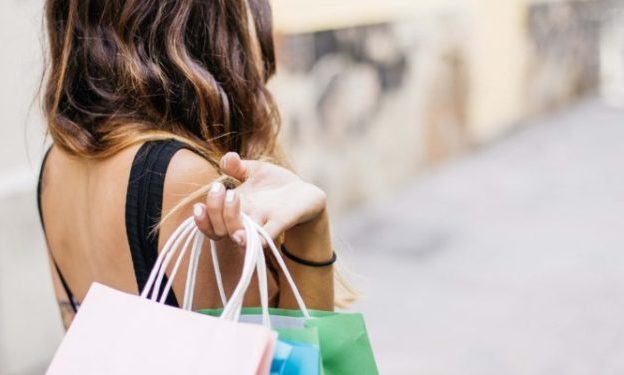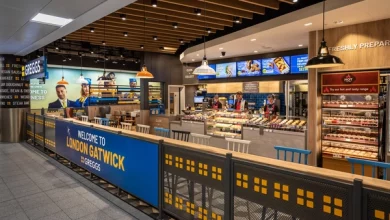Four key trends for the rest of the retail year

As retailers strive to find ways to innovate and attract customers back to the high street, we are seeing new trends emerge on the high street. Currently, a growing number of bricks-and-mortar stores investing in their behind the scenes framework and technology platforms in order to improve productivity, efficiency and customer service.







